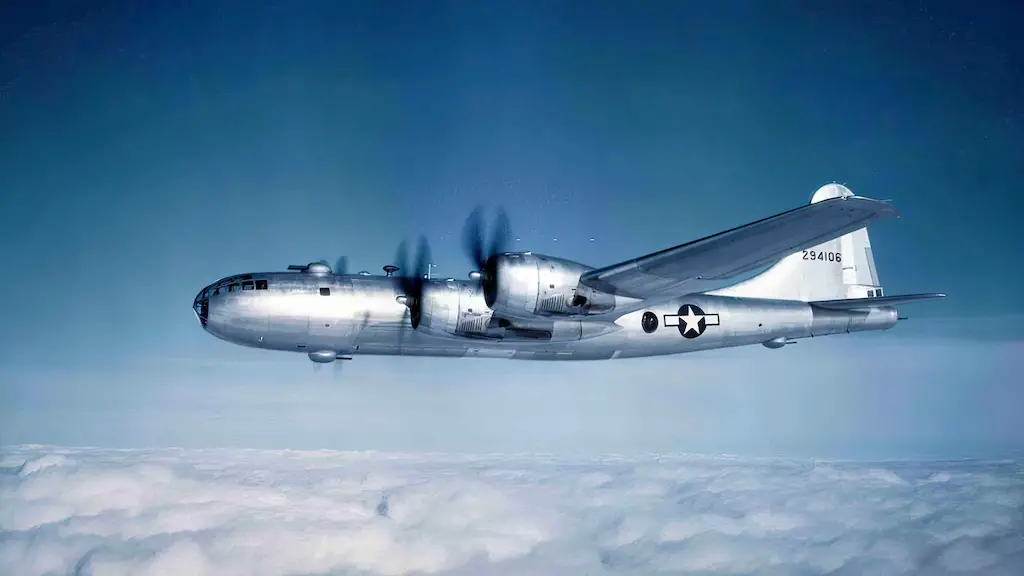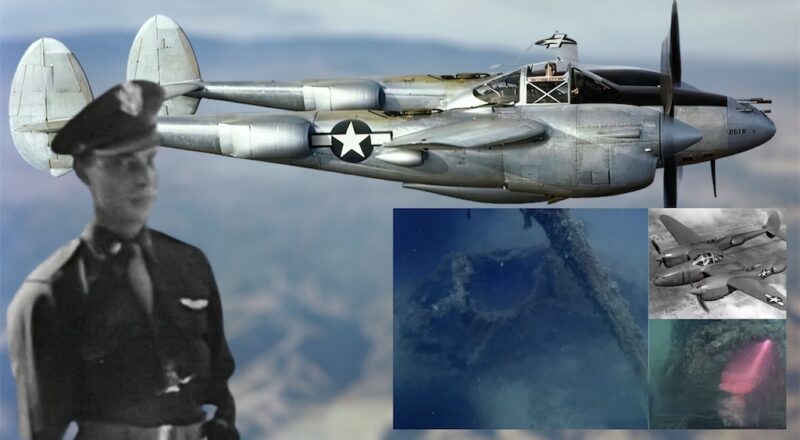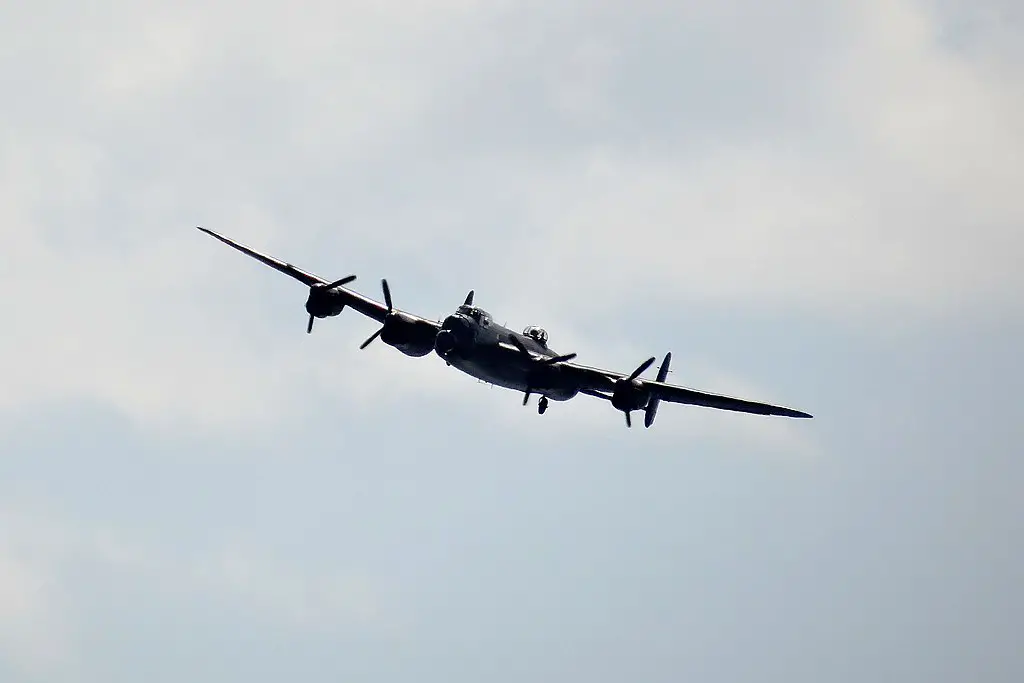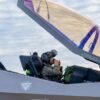Last surviving
George “Johnny” Johnson, the last living aviator who took part in the Royal Air Force raid that left major dams in Germany’s industrial heartland in ruins. That was almost eight decades ago. Sadly George “Johnny” Johnson who was the last surviving dambuster passed away on December 7, 2022, aged 101. Johnson flew as a bomb aimer on one of the No. 617 “Dambusters” Squadrons’ Avro Lancasters. He was just 21 years old at the time.
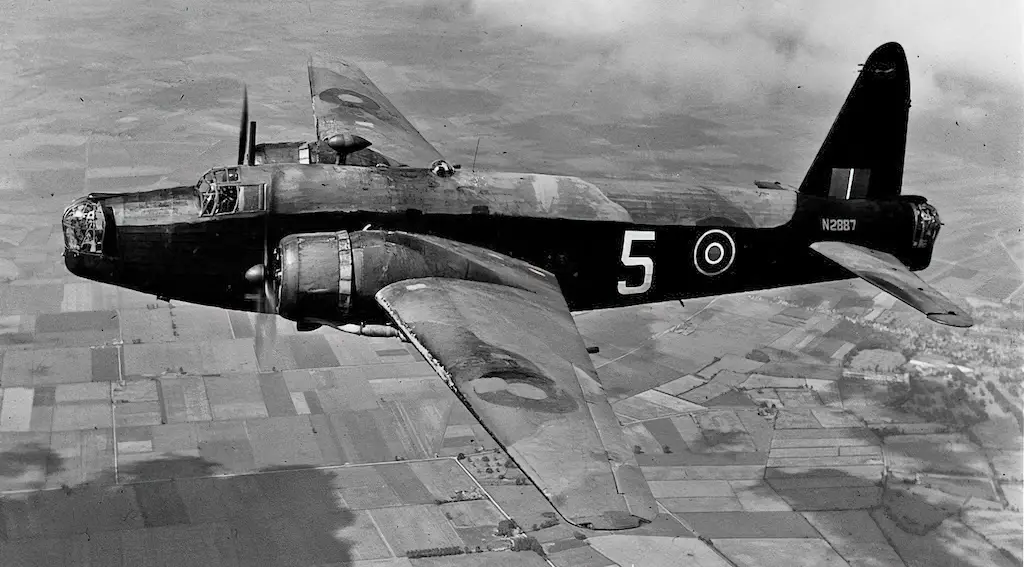
Operation Chastise
The Dambusters Raid was officially known as the Operation Chastise. It was a carefully planned British effort to knock out several dams in the industrial Ruhr region in Western Germany. In May 16, 1943, following months-long preparation and training, 19 Lancasters modified for the mission. They were manned by handpicked expert crews taking off from RAF Scampton, Lincolnshire.
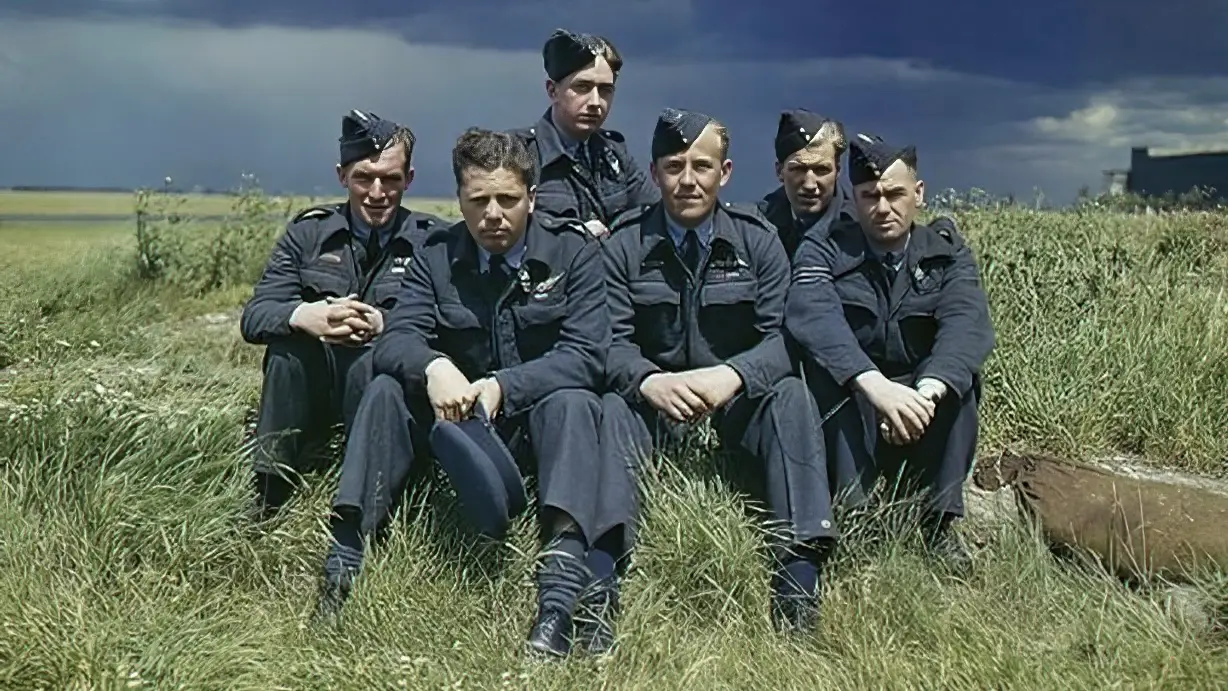
Flying at treetop level the British bombers snuck deep into the enemy territory. Upon reaching their targets, they dropped spinning barrel-shaped mines designed to skip over torpedo nets protecting the dams by bouncing off the water. In spite of flak fire and technical complexity of the task—the crews had to drop their loads at a precise distance from the target. All this whilst flying at 240 mph just 60 ft above the water surface. Eventually they succeeded to fulfil the mission objectives.
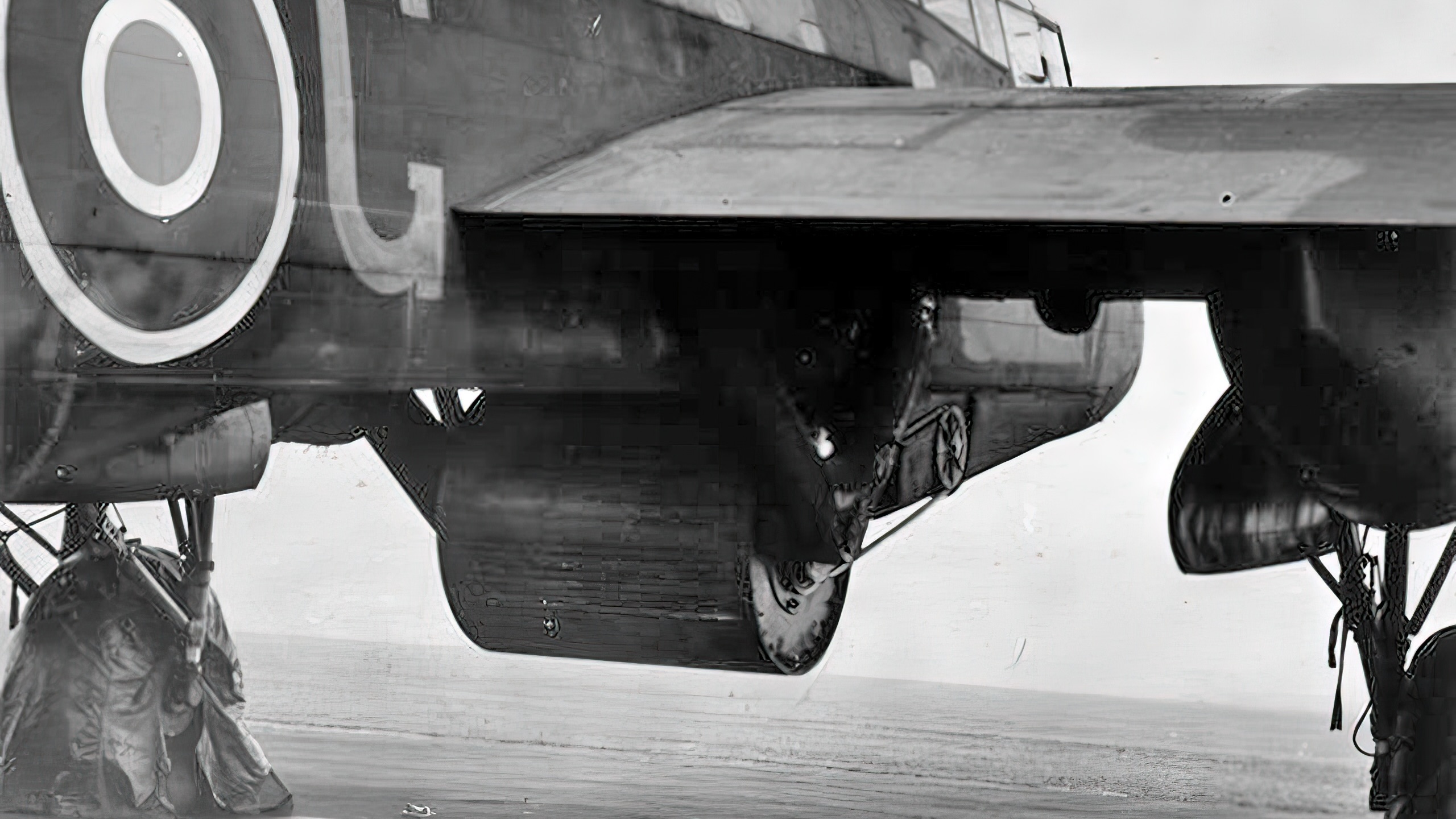
As a result of the air raid two major dams, Möhne and Edersee, were breached. Another one, the Sorpe Dam, was damaged. Vast areas of Western Ruhr were flooded and hydroelectric power production plummeted. This crippled a number of important industrial facilities for months. The operation also played out as a major morale booster for the Allies. Alas, that success had come at a heavy price. 8 out of 19 aircraft were lost with 53 out of 133 aircrew killed and 3 were taken prisoner.
A newly wed on deadly mission
Johnson volunteered for the RAF in 1940. The next year he was sent to Florida for pilot training but failed the course. in July 1942 in Britain he became an aerial gunner and was assigned to No. 97 Squadron at RAF Woodhall Spa. Later that year he got re-trained as a bomb aimer. In that capacity Sgt. Johnson was chosen to join the No. 617 “Dambusters” in March 1943. By that time, he had a track record of 50 missions.
That was a memorable time for Johnson, both from the service and personal perspectives. Despite a ban on leave for the personnel slated to partake in the raid, he managed to get four precious days off—courtesy of Wing Commander Guy Gibson—and got married.
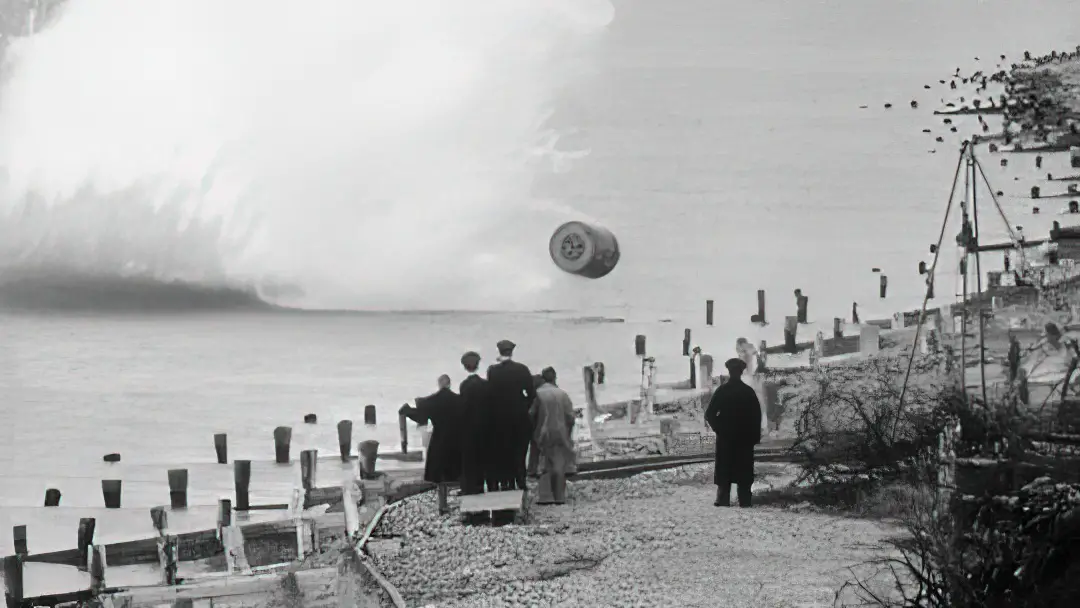
Johnson took part in the Operation Chastise as part of the Royal Canadian Air Force Flight Lt. Joe McCarthy’s crew. Their target was the Sorpe Dam, the least vulnerable of the three. Unlike the other two made of concrete and steel, it was an embankment lined with soil and rocks. McCarthy had to make his low-level attack run following a very difficult flightpath.
It involved narrowly clearing a nearby church’s steeple on the approach and quickly pulling up after dropping the bomb to avoid hitting the hills on the other side of the dam. McCarthy performed nine dummy runs before Johnson said they got it right and released the bomb on the tenth run. It hit and damaged the target alright, although failed to breach the dam.
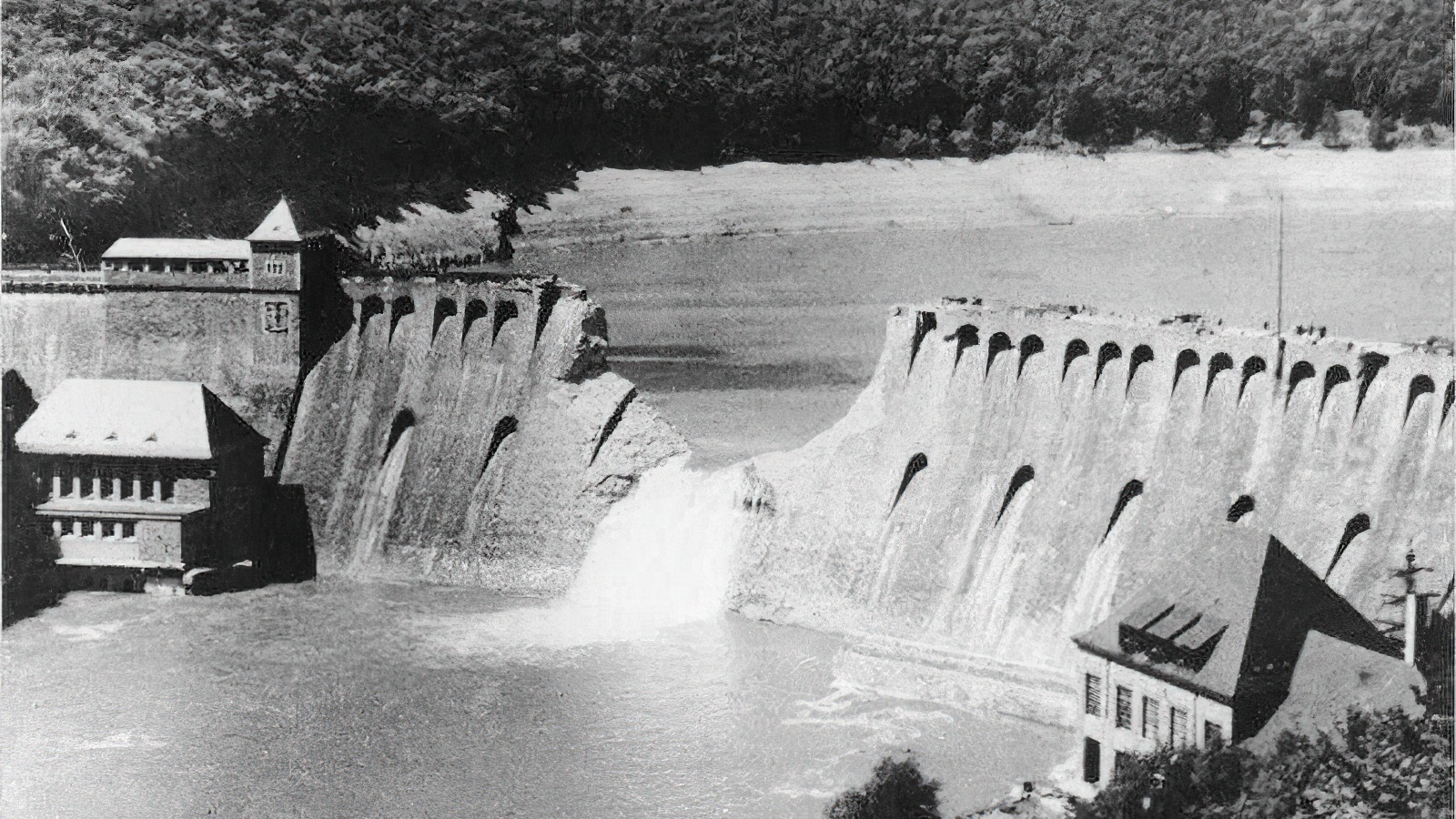
Visiting Buckingham Palace
Upon returning back home, Johnson, along with other surviving participants in the mission, was decorated by the Distinguished Flying Medal at Buckingham palace. He visited that venue again in 2017, when Queen Elizabeth II conveyed on him the title Member of the Order of the British Empire.
After the war Johnson qualified as a navigator and went on serving with the RAF, retiring as a squadron leader in 1962 to become a teacher. In 2014 he wrote a memoir titled “The Last British Dambuster.”




